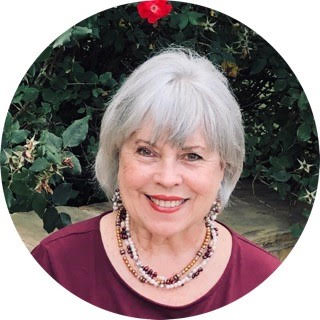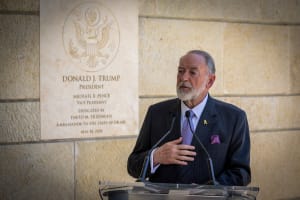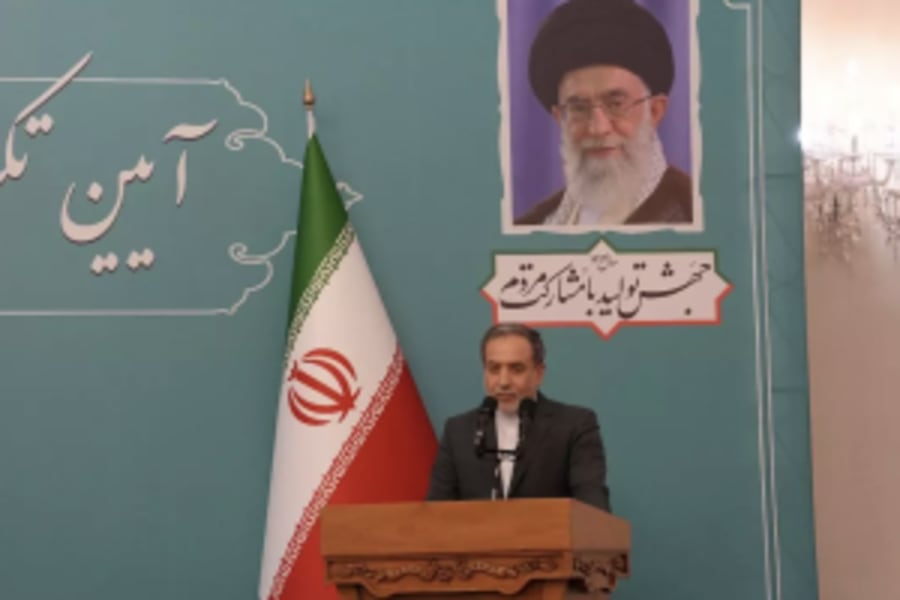Yad Vashem: Remembering the Holocaust and opposing escalating Jew hatred

Yad Vashem, the World Holocaust Remembrance Center, is one of Israel’s most important visitor destinations. Walking through the museum is a near-indescribable revelation, one that is displayed in heart-wrenching detail. Some might say “heart wrenching” because it is a walk-through hell—a hell that might be hard for non-Jews to fathom. Yet a visit to this place is fundamental to helping us understand the emotional DNA of the Jewish people. Millennia of Jew hatred manifested itself unspeakably in the Holocaust (Shoah)—and intensified Jews’ determination to live life to the fullest while guarding their ancestral homeland.
I visited Yad Vashem on nine separate occasions during the years I served as Southeast Regional Christian Outreach Director for the American Israel Public Affairs Committee (AIPAC). AIPAC strengthens the mutually beneficial U.S.-Israel relationship with Congress on a bipartisan basis. Yad Vashem always appeared on AIPAC’s American Israel Education Foundation (AIEF) Educational Seminar itinerary. At the end of each guided tour, I gathered our Christian leaders to walk a few steps over to the railing that looks out over the beautiful Jerusalem Forest. The serenity of this lovely view and the fresh air helped them deal with the shock of what they had seen, their voices silent, some with tears falling, as they attempted to process what they had just heard and seen.
Gently drawing them into a circle, I quietly mentioned the familiar watch phrase “Never Again,” which they could now deeply understand. I encouraged them to adopt this profound declaration into their prayers and actions. One of the pastors offered a prayer that I had privately requested earlier. Each person felt free to speak their heart or pray. In the nine different Christian leadership groups I staffed, I also invited our Jewish tour guide to join the circle. Afterward, the guides expressed to me their heartfelt reactions to the Christians’ comments.
I prepared my groups as best I could for their next steps, which led to the nearby Children’s Memorial. They entered the space in silence, feeling for the railing as they walked along in a deep darkness lit only by simulated candlelight. With each step, a recorded voice read out names of 1,500 Jewish children whom the Nazis murdered. Their names echo in our memories, never to be forgotten.
Part of a Yad Vashem visit includes strolling along the Avenue of the Righteous Among the Nations (Hassidei Umot Haolam) honoring the courage, selflessness, and extraordinary risks of Gentiles who saved Jews during the Holocaust. Located on 45 acres of forest and groves in the Jerusalem hills, Yad Vashem was dedicated on Holocaust Remembrance Day, May 1, 1962. Foreign Minister Golda Meir (who later served as Israel’s Prime Minister) spoke on that occasion. She poignantly described the non-Jews as “drops of love in an ocean of poison.” Among the now more than 28,000 Righteous Gentiles are three Christians I especially want to mention: Corrie ten Boom of the Netherlands, Swedish diplomat Raoul Wallenberg, and the only American soldier recognized as Righteous Among the Nations in World War II, U.S. Army Master Sergeant Roddie Edmonds.
Walking through Yad Vashem, I concluded early on that shock is a necessary wake-up call for Christians. At the least, an acquaintance with Holocaust history in a two- or three-hour tour of Yad Vashem is ample motivation to commit to proactive support for Jewish citizens both in Israel and worldwide—especially amid Jew hatred that is intensifying once again.
Visiting Yad Vashem or learning about it online has enormous value; it is an essential resource for evangelicals to advocate for Israel. The Yad Vashem Law was officially passed by the Knesset in 1953, which voted “to collect, examine, and publish testimony of the disaster and the heroism it called forth.” For the heart of Yad Vashem’s name, ‘a name and a memorial,’ is drawn from Isaiah 56:5: “And to them will I give in My house and within My walls a memorial and a name … that shall not be cut off.”
The Yad Vashem Law was preceded by a horrific dream in 1942. Mordechai Shenhavi, a Zionist, had made Aliyah to pre-state Israel from Odessa on January 2, 1919. Although news about the Nazi deportation of Jews to death camps was scant during World War II, what little he knew kept Mordechai awake at night. In August 1942 he had a nightmare that made him determined to remember the names of those murdered in the Holocaust. In frequent meetings with various groups, he explained his vision with detailed ideas.
Four years later, Shenhavi recounted his dream to Vaad ha-Leumi at the National Council. “Fearing that my feelings might be mistaken, I saw all those millions in a dream. I didn’t know then that it was six million. Those millions walked toward Zion with monuments on their shoulders. Can you imagine the length of that chain, the faces of those people, carrying the flame of life? … They chose one place for themselves, lay down the monuments, and placed them there in an orderly or disorderly manner. The monument to their lives, the monument of testimony, was established.”
Shenhavi’s goal, “Remembrance of Our Suffering for Building Our Future,” finally led to the Yad Vashem Law in 1953. He lived to see his dream come true when the cornerstone of the Yad Vashem building was laid in western Jerusalem on July 29, 1954. Jerusalem Mayor Teddy Kollek honored Shenhavi as a Distinguished Citizen of Jerusalem. Shenhavi died in 1983 at his kibbutz, Mishmar ha-Emeq, at the age of 82. The new expanded museum that I often visited was dedicated on March 15, 2005.
Today, may we emulate the shining, brave examples of Mordechai Shenhavi’s persistence to envision Yad Vashem and the heroic stories of the righteous non-Jewish rescuers. Around one million people visit Yad Vashem annually, and millions more visit its website, www.YadVashem.org, with content available in eight languages in addition to Hebrew and English. With prayer and action, let us educate ourselves to stand up for the rights of the Jews in their ancient homeland and recognize the Jewishness of our Savior who has redeemed us with His sacrificial love.
This article originally appeared here and is reposted with permission.

A speaker and consultant, Arlene Bridges Samuels authors the weekly feature column for The Christian Broadcasting Network/Israel on their Facebook and Blog since 2020. Previously she pioneered Christian outreach for the American Israel Public Affairs Committee (AIPAC). Retiring after nine years, she worked part-time for International Christian Embassy Jerusalem USA as Outreach Director for their project, American Christian Leaders for Israel (ACLI) Arlene is an author at The Blogs-Times of Israel, often traveling to Israel since 1990. By invitation she attends the Israel Government Press Office (GPO) Christian Media Summits as a recognized member of Christian media worldwide. Read more of her articles at CBN Israel blog. Arlene and her husband Paul Samuels have coauthored a book, Mental Health Meltdown, illuminating the voices of bipolar and other mental illnesses. On Amazon













